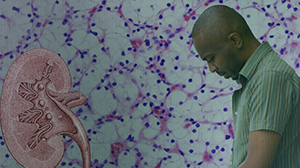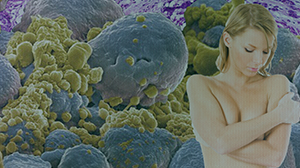NEW YORK (Reuters Health) – A meta-analysis of existing evidence confirms that alpha-blocker treatment reduces pain and urinary symptoms and improves quality of life in patients with indwelling ureteral stents, according to a report in the Journal of Urology for September.
Dr. Rachid Yakoubi, with Hopital Huriez, Centre Hospitalier Regional Universitaire in Lille, France, and colleagues note that alpha blockers have been used to treat ureteral stent symptoms because of the similarity to those of benign prostatic hypertrophy.
To assess the efficacy of alpha-blockers in this setting, the team identified 12 randomized controlled trials that tested the effect of tamsulosin and/or alfuzosin in a total of 946 patients with a ureteral stent. Four of the trials involving 341 patients were placebo-controlled and were used for the quantitative meta-analysis, while the other eight studies provided qualitative information.
The quantitative synthesis of data showed that alpha-blockers were associated with a significant decrease in urinary symptoms (mean difference on the USSQ scale -6.76; p=0.005), a significant decrease in pain (mean difference -3.55; p=0.0004) and significant improvement in general health (mean difference -1.90; p=0.001). However, there was no significant benefit for work-related problems or sexual matters, according to the report.
Of the other eight trials, all but one showed that alpha-blockers significantly reduced pain and urinary symptoms, according to the report.
As for adverse effects, alpha-blockers were associated with dizziness in up to 10% of patients, headache in up to 10%, hypotension in 6% and nausea or vomiting in 5%, the investigators found.
“In conclusion,” Dr. Yakoubi and colleagues write, “our study indicates that alpha-blockers result in significant improvement in urinary symptoms and QOL in patients with a ureteral stent, and it supports their use in routine clinical practice.”
Reference:
Is There a Role for ?-Blockers in Ureteral Stent Related Symptoms? A Systematic Review and Meta-Analysis
J Urol 2011;186:928-934.




